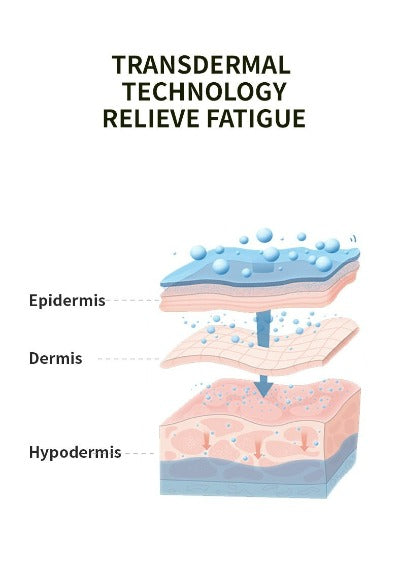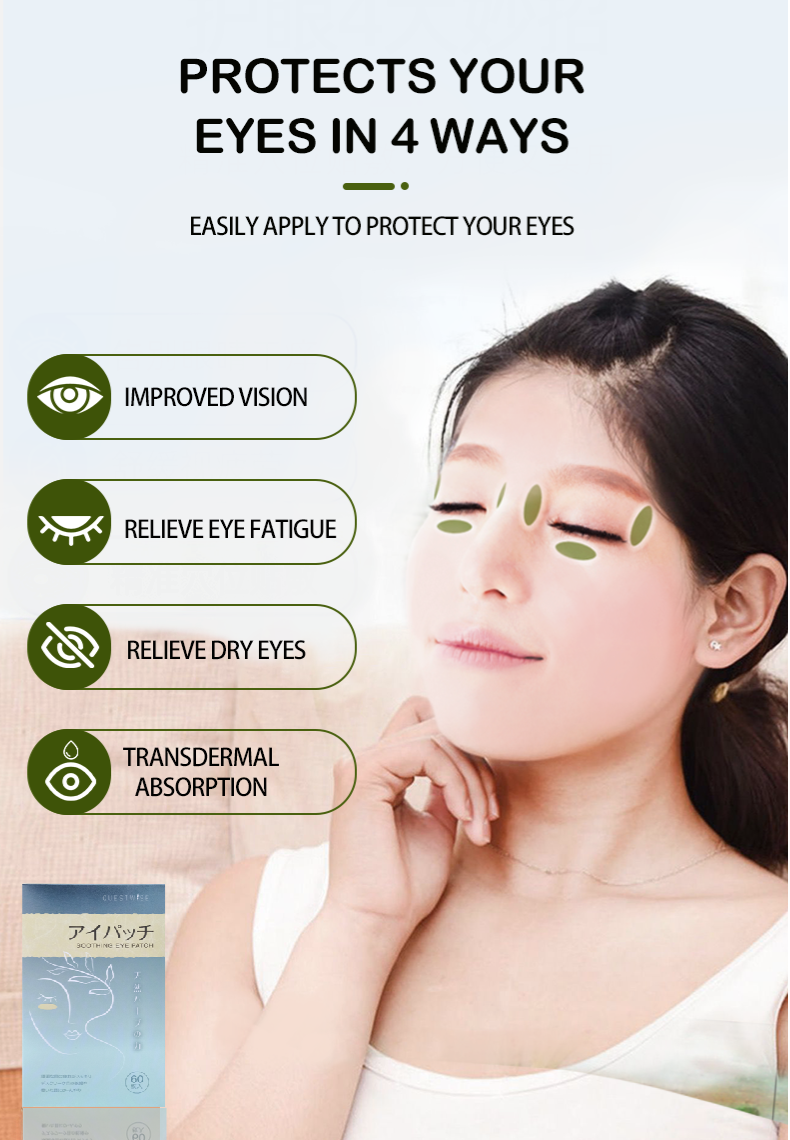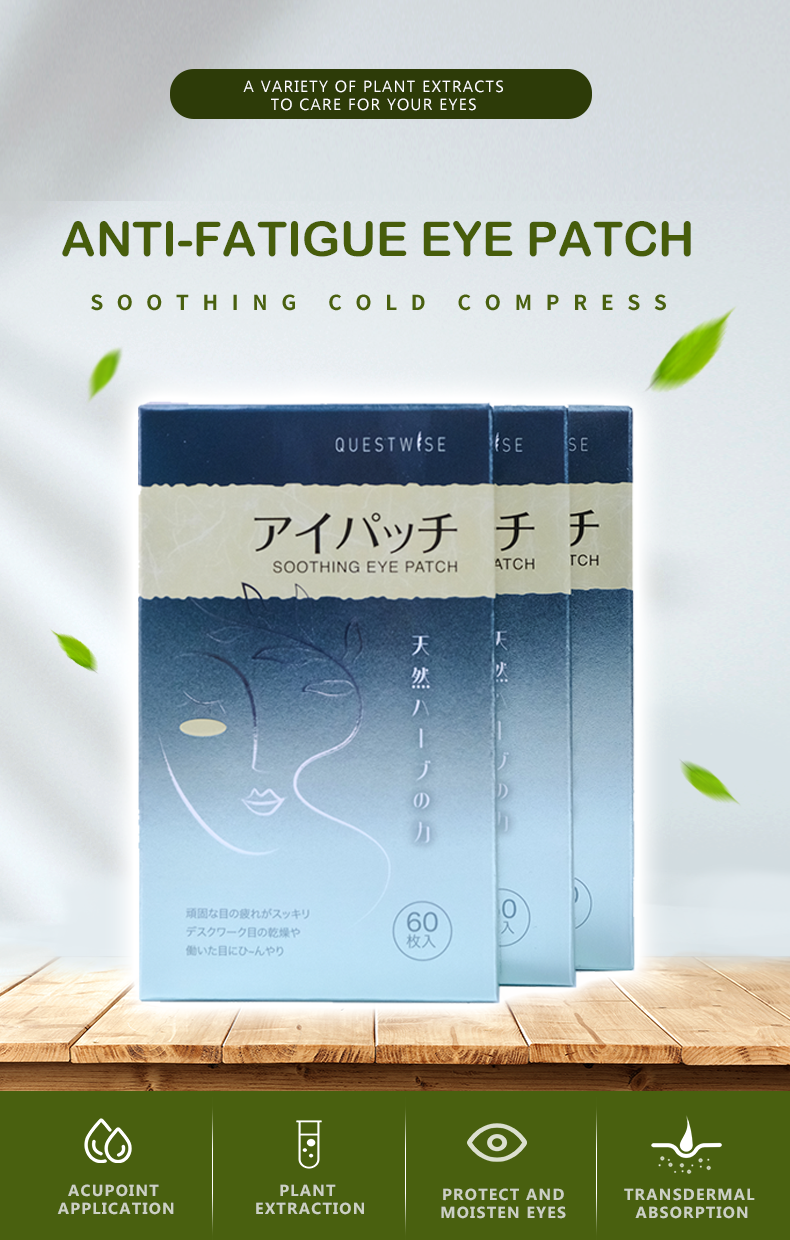Eye Strain at Work: A Comprehensive Guide to Protecting Your Vision in 2025
In 2025, the digital age has firmly entrenched itself in our lives, leading to an unprecedented increase in screen time for most individuals. This constant exposure to digital displays has resulted in a significant rise in eye strain, a condition affecting millions worldwide. Eye strain, or asthenopia, is more than just tired eyes; it's a complex issue encompassing a constellation of symptoms that can significantly impact your productivity, comfort, and overall well-being. This comprehensive guide delves into the causes of eye strain, explores the various symptoms it presents, and provides a detailed roadmap of practical strategies and innovative solutions to protect your vision and maintain optimal eye health. We'll explore the science behind eye strain, delve into the latest research, and offer actionable steps to alleviate discomfort and prevent long-term damage.
Understanding the Root Causes of Eye Strain: A Deep Dive
The root causes of eye strain are multifaceted and often intertwined. Prolonged near-work activities, a hallmark of modern lifestyles, are primary culprits. Whether it's staring at a computer screen for hours, meticulously crafting documents, or immersing yourself in the intricacies of a digital design, the sustained focus on near objects leads to significant eye muscle fatigue and strain. This constant effort to maintain focus can lead to eye muscle spasms, reduced tear production, and a cascade of discomfort.
Let's examine the specific mechanisms involved. When focusing on near objects, the ciliary muscles of the eye contract to adjust the lens's shape, allowing for clear vision. This continuous contraction, especially during extended periods of near work, leads to fatigue and strain. Simultaneously, the blink rate decreases significantly during prolonged screen use, reducing the natural lubrication of the eye's surface. This can result in dry eye syndrome, exacerbating the discomfort and contributing to eye strain.
Beyond near-work activities, several other factors contribute to eye strain:
- Blue Light Exposure: Digital screens emit blue light, a high-energy visible light wavelength that can penetrate the eye more deeply than other wavelengths. Prolonged exposure to blue light can disrupt your circadian rhythm, leading to sleep disturbances, and also contribute to eye fatigue and discomfort. Studies have linked blue light exposure to increased oxidative stress within the eye, potentially accelerating age-related macular degeneration.
- Poor Lighting: Inadequate or harsh lighting can strain your eyes as they struggle to adjust to varying levels of illumination. Glare from screens or bright lights can also contribute to discomfort. Insufficient lighting forces your eyes to work harder to see clearly, leading to fatigue.
- Incorrect Posture: Maintaining an incorrect posture while working can lead to strained neck and shoulder muscles, further exacerbating eye strain. Poor posture often leads to eye misalignment, necessitating more strenuous effort from eye muscles. This can manifest as headaches and neck pain, further compounding the discomfort.
- Dry Eyes: Reduced blink rate while working on screens, coupled with environmental factors like dry air or air conditioning, contributes significantly to dry eye syndrome, a major source of eye strain. Dry eyes can lead to burning, itching, and a gritty sensation, making it difficult to maintain focus.
- Uncorrected Refractive Errors: If you have uncorrected refractive errors like nearsightedness (myopia), farsightedness (hyperopia), or astigmatism, your eyes will work harder to focus, resulting in increased strain. Regular eye exams and appropriate corrective lenses are crucial to mitigate this factor.
- Underlying Medical Conditions: Certain medical conditions, such as diabetes and thyroid disorders, can impact eye health and contribute to eye strain. Regular check-ups with your doctor and ophthalmologist are important for managing these conditions.
Recognizing the Telltale Signs of Eye Strain: When to Seek Help
Recognizing the symptoms of eye strain is crucial for early intervention and prevention of long-term problems. Early detection allows for prompt management, preventing the condition from becoming chronic or leading to more severe issues.
Common symptoms include:
- Headaches: Frequent headaches, particularly those located in the forehead or temples, are a common indicator of eye strain. These headaches can range from mild to severe and may be accompanied by nausea or sensitivity to light.
- Blurred Vision: Experiencing blurred vision, especially after prolonged periods of near-work, signifies that your eyes are fatigued and struggling to focus. This can make it difficult to perform tasks requiring visual acuity.
- Dry, Itchy Eyes: A sensation of dryness, itching, or burning in your eyes is often related to reduced tear production due to prolonged screen time. This dryness can lead to discomfort and make it difficult to keep your eyes open.
- Neck and Shoulder Pain: Poor posture while working can lead to tension in the neck and shoulder muscles, often associated with eye strain. This can limit your range of motion and cause chronic pain.
- Eye Fatigue and Tiredness: The most obvious symptom, a feeling of general eye fatigue and tiredness, especially after extended periods of screen use. This can significantly impact your productivity and overall well-being.
- Difficulty Focusing: Trouble focusing on objects at different distances is another common symptom. This can be particularly challenging when switching between tasks requiring different focal points.
- Sensitivity to Light: Increased sensitivity to bright light, making it difficult to be in well-lit areas or work under bright lighting conditions.
If you experience any of these symptoms frequently or severely, it's crucial to consult an ophthalmologist or optometrist. They can conduct a thorough eye examination to rule out any underlying medical conditions and recommend appropriate treatment or management strategies.
Practical Strategies and Innovative Solutions: A Multi-Pronged Approach
Fortunately, many effective strategies can help reduce and manage eye strain. Here’s a combination of proven methods and innovative solutions, categorized for clarity:
Lifestyle Adjustments: A Holistic Approach
- The 20-20-20 Rule: Every 20 minutes, look away from your screen at an object 20 feet away for 20 seconds. This simple exercise helps relax your eye muscles and reduces strain.
- Regular Breaks: Incorporate short breaks throughout your workday to rest your eyes and allow your eye muscles to relax. Stand up, stretch, and move around to improve circulation and reduce muscle tension.
- Optimize Your Workspace: Ensure your workstation is ergonomically correct. Your monitor should be positioned at arm's length, slightly below eye level. Use proper lighting to minimize glare and shadows. Consider an adjustable chair and desk to maintain optimal posture.
- Hydration: Drink plenty of water throughout the day to maintain adequate hydration. Dehydration can worsen dry eye symptoms.
- Blink Frequently: Consciously remind yourself to blink more frequently. Focusing on screens often reduces our natural blink rate, leading to dry eyes.
- Proper Nutrition: A diet rich in antioxidants and omega-3 fatty acids supports eye health and can reduce inflammation. Incorporate leafy greens, berries, and fatty fish into your diet.
- Stress Management: Chronic stress can exacerbate eye strain. Incorporate stress-reducing techniques like yoga, meditation, or deep breathing exercises into your daily routine.
Technological Solutions: Leveraging Modern Advancements
- Blue Light Filters: Use blue light filter glasses or software to reduce the amount of harmful blue light emitted from screens. These filters can significantly reduce eye fatigue and discomfort.
- Adjustable Monitors: Invest in a monitor with adjustable brightness, contrast, and color temperature settings to optimize viewing comfort. This allows for customization to suit individual preferences and environmental conditions.
- Anti-Glare Screens: Use anti-glare screen protectors to reduce reflections and glare from your monitor, making it easier on your eyes.
Innovative Eye Care Products: Enhancing Comfort and Relief
For additional relief from eye strain, consider incorporating Wise Quest Soothing Eye Patches - 3-Month Wellness Pack. These innovative patches, infused with traditional Chinese herbal medicine, provide soothing relief from eye fatigue, dryness, redness, and swelling. They promote healthy blood circulation, helping alleviate discomfort and improve overall eye health. The patches are designed for convenient use, fitting seamlessly into your daily routine, offering a calming experience that helps soothe tired eyes.

The Wise Quest Soothing Eye Patches - 3-Month Wellness Pack offer a unique approach to eye care, combining ancient wisdom with modern convenience. Regular use can significantly reduce the symptoms of eye strain, promoting healthier, more comfortable vision. They're an excellent complement to lifestyle changes and technological solutions, providing a targeted approach to soothing tired eyes.
Conclusion: Prioritizing Eye Health in the Digital Age
In the ever-evolving digital landscape of 2025, protecting your vision is paramount. By understanding the causes and symptoms of eye strain, and by diligently implementing the strategies outlined above, you can significantly reduce your risk and improve your eye health. Integrating lifestyle adjustments, leveraging technological solutions, and incorporating innovative products like the Wise Quest Soothing Eye Patches - 3-Month Wellness Pack into your daily routine will empower you to combat eye strain and safeguard your vision for years to come. Remember, prioritizing your eye health is an investment in your overall well-being and productivity. Don't wait until eye strain becomes a chronic problem; take proactive steps today to protect your precious vision.
















